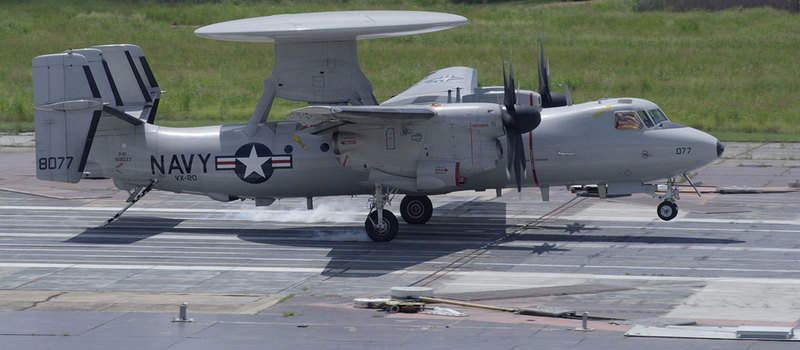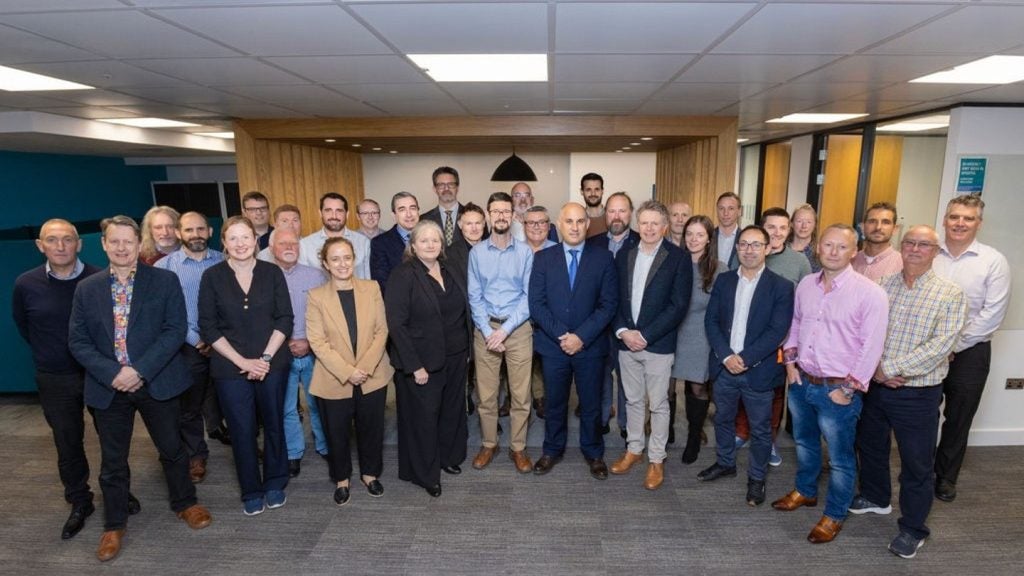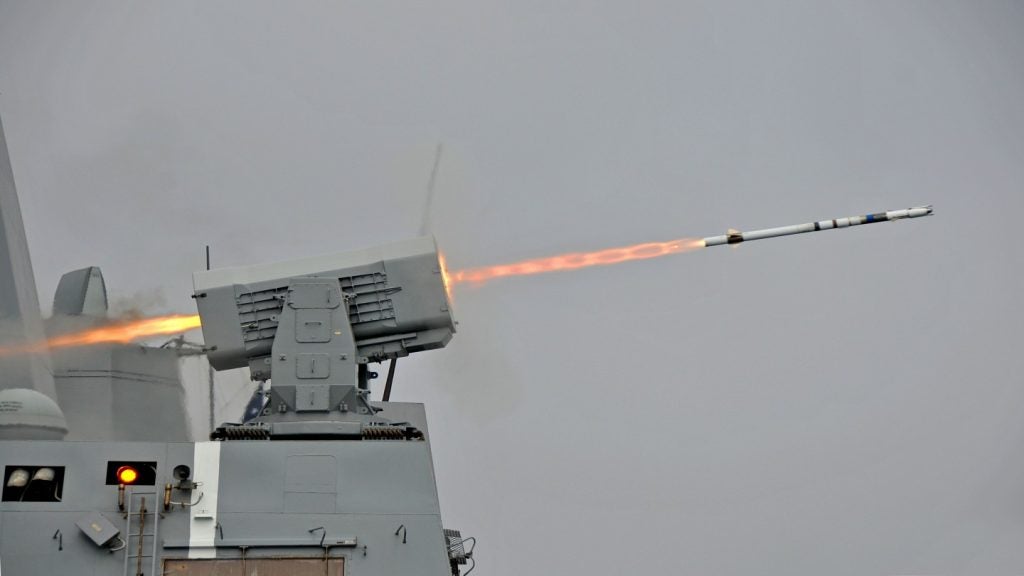
General Atomics Electromagnetic Systems (GA-EMS) has concluded its advanced arresting gear (AAG) performance tests for the US Navy’s turboprop aircraft such as C-2A Greyhound, E-2C+ Hawkeye and E-2D Advanced Hawkeye.
The AAG testing was conducted to support the navy’s development of a propeller aircraft recovery bulletin (ARB), which serves as a prerequisite for arresting propeller aircraft on the USS Gerald R Ford (CVN 78) aircraft carrier.
The US Navy completed testing on the Runway Arrested Landing Site (RALS) at the Joint Base McGuire-Dix-Lakehurst military facility in New Jersey.
During the system testing, more than 800 total roll-in and fly-in aircraft arrestments were successfully carried out at RALS.
GA-EMS Programmes vice-president Rolf Ziesing said: “The AAG system is designed to arrest a broader range of aircraft and provide higher reliability and safety margins for the US Navy’s Ford-class of aircraft carriers.
“As each aircraft is brought in for testing, AAG continues to perform reliably, arrestment after arrestment. The successful turboprop arrestments at RALS mark another significant milestone that moves the navy closer to initiating recovery testing for these aircraft aboard CVN 78.”
How well do you really know your competitors?
Access the most comprehensive Company Profiles on the market, powered by GlobalData. Save hours of research. Gain competitive edge.

Thank you!
Your download email will arrive shortly
Not ready to buy yet? Download a free sample
We are confident about the unique quality of our Company Profiles. However, we want you to make the most beneficial decision for your business, so we offer a free sample that you can download by submitting the below form
By GlobalDataInstalled together with EMALS on-board CVN 78, AAG is a turbo-electric system designed for controlled deceleration of an aircraft.
Both AAG and EMALS have been successfully tested during at-sea periods aboard USS Gerald R Ford.
GA-EMS EMALS/AAG programmes senior director Dean Key said: “We continue to stress the system, analyse results and tune the system to ensure maximum performance. We are on target to be ready for fleet operations when CVN 78 completes its Post Shakedown Availability (PSA) in 2019.”
The systems are being manufactured for the US Navy’s Gerald R Ford-class vessels, as well as the future USS John F Kennedy (CVN 79) and USS Enterprise (CVN 80).







